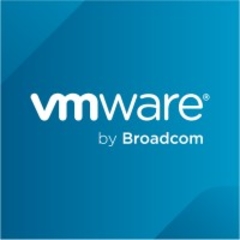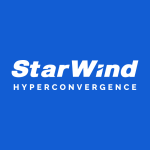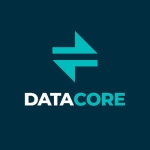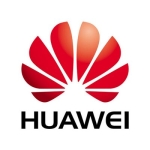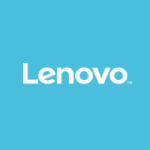What is our primary use case?
The primary use case is for VDI. In fact, we have created what's called a virtual research desktop with VDI, which is insulated because we're dealing with HIPAA data. I think it has performed pretty well.
What is most valuable?
I like the fact that I've got some degree of redundancy built in and, of course, the performance is great.
What needs improvement?
It would be much improved if we could somehow integrate a better backup with it. Right now, we're using Veeam and it's okay, but I would like more of a VDP vSAN solution. That would be excellent. The VDP, at least the last time we looked at, it was just not quite there.
What do I think about the stability of the solution?
I was a little bit worried about the stability initially, because I had an experience about three years ago and I wasn't very happy. But so far, it looks pretty good. I'm actually very surprised that its stability has been improved significantly. So far, so good.
What do I think about the scalability of the solution?
I would have liked it to have been more scalable. It's scalable but not as much as, for example, the ScaleIO systems were or the Kaminario. We looked at Kaminario but that was a risky technology, so we didn't want to go there. I think vSAN is okay. It could use a bit more work on the scalability. I think that's key.
How are customer service and technical support?
I have not had to use technical support myself but my team has. One of the things that I've heard from my team is that, even when they run into significant issues, they have to go through the whole order of support, and they get frustrated. They get a level-one guy or girl, and that person knows less than my team members do, so that's frustrating. When they get to a level-two or level-three, it's okay.
Which solution did I use previously and why did I switch?
We were using Compellent. I was okay with it, but it wasn't performing as well as I would've liked and, certainly, the expense and scaling the thing was just too expensive. The other issue was that the natural redundancy you can build with vSAN, you can't really build that with Compellent, unless you have at least two of them. With two you can replicate between them, but, again, they are expensive systems.
When selecting a vendor, what's important to me is a partnership. That sums it up. To me, a vendor has to go in with us for the long haul. We can help the vendor and the vendor can help us. We can help each other out. To me, a partnership is key.
What was our ROI?
So far, we've been able to replace two Compellents which have cost an arm and a leg. And they're just not as performant as the vSAN. So the ROI has been good.
Let's put it this way: I think the VDI/vSAN has replaced quite a few of our desktops or laptops. Over the course of time, give us another year or two, I think the ROI will be very significant.
Which other solutions did I evaluate?
While vSAN performs pretty well, when we were doing all the performance tests, ScaleIO did pretty well. In fact, it did better than vSAN, but we liked vSAN better because it was more integrated with our VMware environment, obviously. We chose it and we're happy with it.
What other advice do I have?
The hybrid storage strategy is not the best thing you can do; for example, when you're mixing standard drives and flash drives, SSDs. Do all SSDs if you can afford it.
I give vSAN an eight out of ten. It can stand some improvement, but it's much better than it was three years ago when I looked at it.
Disclosure: My company does not have a business relationship with this vendor other than being a customer.

